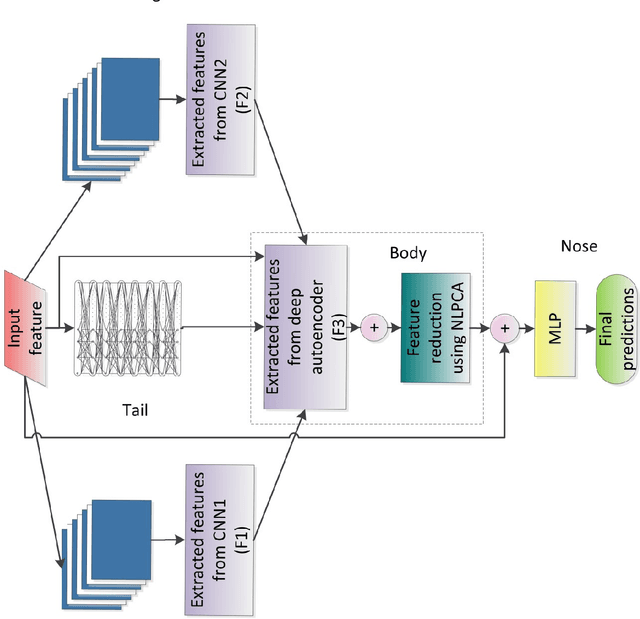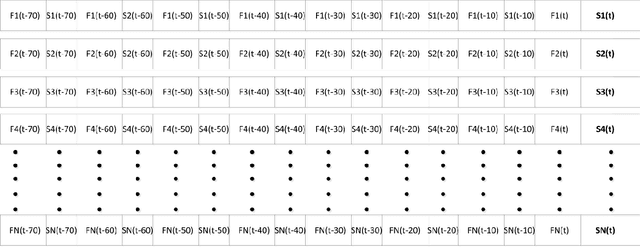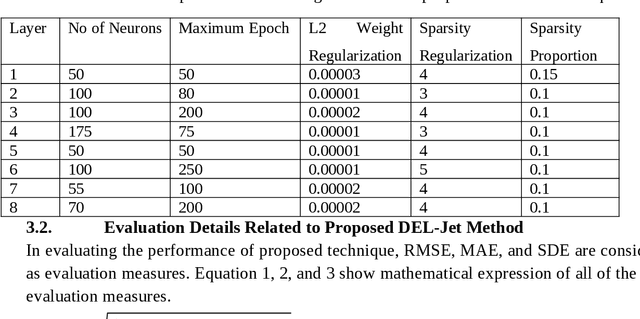Wind Speed Prediction using Deep Ensemble Learning with a Jet-like Architecture
Paper and Code
Mar 20, 2020



The wind is one of the most increasingly used renewable energy resources. Accurate and reliable forecast of wind speed is necessary for efficient power production; however, it is not an easy task because it depends upon meteorological features of the surrounding region. Deep learning is extensively used these days for performing feature extraction. It has also been observed that the integration of several learning models, known as ensemble learning, generally gives better performance compared to a single model. The design of wings, tail, and nose of a jet improves the aerodynamics resulting in a smooth and controlled flight of the jet against the variations of the air currents. Inspired by the shape and working of a jet, a novel Deep Ensemble Learning using Jet-like Architecture (DEL-Jet) technique is proposed to enhance the diversity and robustness of a learning system against the variations in the input space. The diverse feature spaces of the base-regressors are exploited using the jet-like ensemble architecture. Two Convolutional Neural Networks (as jet wings) and one deep Auto-Encoder (as jet tail) are used to extract the diverse feature spaces from the input data. After that, nonlinear PCA (as jet main body) is employed to reduce the dimensionality of extracted feature space. Finally, both the reduced and the original feature spaces are exploited to train the meta-regressor (as jet nose) for forecasting the wind speed. The performance of the proposed DEL-Jet technique is evaluated for ten independent runs and shows that the deep and jet-like architecture helps in improving the robustness and generalization of the learning system.
 Add to Chrome
Add to Chrome Add to Firefox
Add to Firefox Add to Edge
Add to Edge